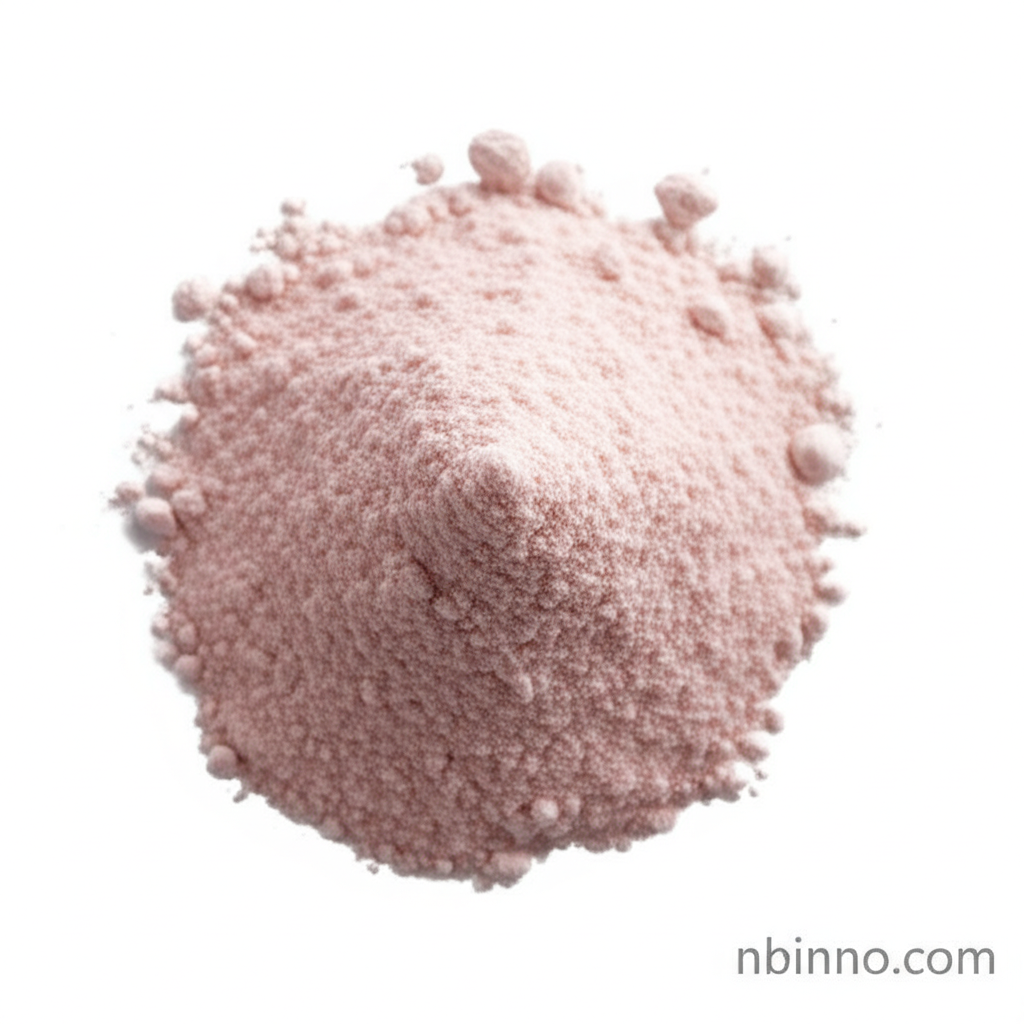Salicylhydroxamic Acid: A Versatile Chelating Agent for Rare Metal Extraction and Organic Synthesis
Discover the chemical properties, synthesis, and wide-ranging applications of Salicylhydroxamic Acid (CAS 89-73-6). This essential compound serves as a critical chelating agent in rare metal beneficiation and a key intermediate in organic synthesis. Learn why sourcing from a reliable manufacturer in China is advantageous for your business.
Get a Quote & SampleUnlock Enhanced Metal Recovery and Synthesis with Salicylhydroxamic Acid

Salicylhydroxamic Acid (CAS 89-73-6)
As a leading supplier, we provide high-purity Salicylhydroxamic Acid, a beige-pink crystalline powder renowned for its exceptional chelating capabilities. Our product is ideal for procurement by R&D scientists and purchasing managers seeking efficient solutions for rare metal extraction and complex organic synthesis. As a manufacturer in China, we ensure competitive pricing and consistent quality.
- Efficient Metal Chelation: Salicylhydroxamic Acid is a potent chelating agent, forming stable complexes with various metal ions, crucial for rare metal beneficiation and analytical chemistry applications.
- Key Organic Synthesis Intermediate: Its unique structure makes it an invaluable intermediate in the synthesis of complex organic molecules, supporting innovation in chemical development.
- Reliable Supplier in China: Partner with us, a trusted manufacturer, for consistent supply chain stability and cost-effective procurement of Salicylhydroxamic Acid.
- Research & Development Applications: Widely used in biochemistry and inorganic chemistry research to study metal ion interactions and enzyme properties, making it a staple for scientific endeavors.
Advantages of Sourcing Salicylhydroxamic Acid
Superior Chelating Properties
Salicylhydroxamic Acid exhibits excellent selectivity and strong collecting power for rare metal oxide minerals, enhancing recovery rates in beneficiation processes. This makes it a preferred choice for mining and metallurgy sectors looking to buy effective solutions.
Versatility in Applications
Beyond mineral processing, this chemical serves as a vital building block in organic synthesis and research, enabling the creation of advanced materials and novel compounds. We are a dedicated supplier for your diverse chemical needs.
Quality Assurance & Competitive Pricing
As a prominent manufacturer, we guarantee stringent quality control and offer competitive pricing for Salicylhydroxamic Acid, ensuring you receive the best value for your investment. Request a quote today to learn more.
Key Application Areas for Salicylhydroxamic Acid
Rare Metal Beneficiation
Utilized as a selective collector and extractant for rare earth ores, copper oxide, lead-zinc oxide, and gold ores, significantly improving mineral processing efficiency.
Organic Synthesis
Serves as a crucial intermediate in the synthesis of complex organic molecules, supporting research and development in pharmaceuticals and specialty chemicals.
Metal Ion Complexation
Its ability to form stable complexes with Fe(III), Cu(II), Ni(II), and Zn(II) ions is instrumental in various chemical research and analytical applications.
Biochemical and Physiological Research
Employed in studies of metal ion-protein interactions and the influence of metal ions on cellular processes, aiding scientific discovery.
